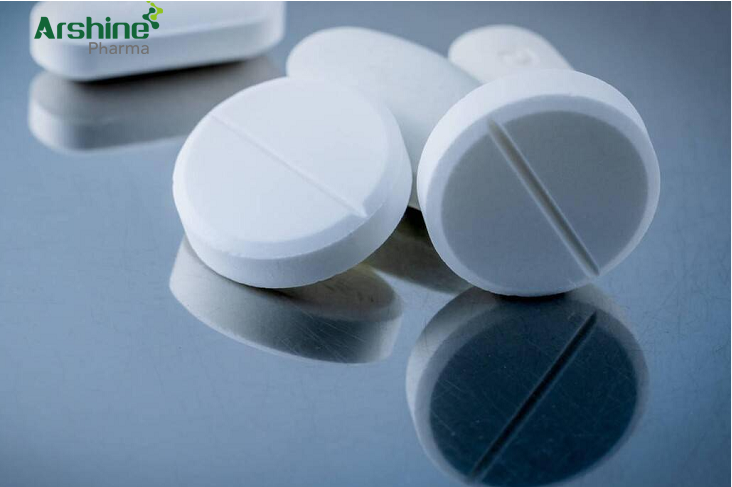
Introduction Nitrofurantoin is a commonly prescribed antibiotic that has been used for decades to treat various bacterial infections. With its unique mechanism of action and proven efficacy, nitrofurantoin plays a crucial role in combating urinary tract infections (UTIs) caused by susceptible bacteria. In this article, we will explore the actions and efficacy of nitrofurantoin, delving into its mechanism of action, clinical applications, potential side effects, and future prospects. Understanding the impact of nitrofurantoin is essential in optimizing treatment outcomes and promoting effective management of bacterial infections.
Mechanism of Action Nitrofurantoin acts by disrupting bacterial cell wall synthesis and inhibiting bacterial protein synthesis, leading to bactericidal effects. It is primarily effective against Gram-negative and Gram-positive bacteria commonly associated with UTIs. Nitrofurantoin enters the bacterial cell, where it is converted into reactive intermediates that damage bacterial DNA, proteins, and cell structures, ultimately leading to bacterial cell death.
Clinical Applications
Urinary Tract Infections: Nitrofurantoin is a first-line antibiotic for the treatment and prophylaxis of uncomplicated lower urinary tract infections caused by susceptible bacteria. It is particularly effective against Escherichia coli, the most common bacteria responsible for UTIs. Nitrofurantoin concentrates in the urine, allowing for high local concentrations and effective eradication of the bacteria.
-
Prophylaxis in Urological Procedures: Nitrofurantoin is also used prophylactically before certain urological procedures to prevent urinary tract infections. By administering nitrofurantoin prior to the procedure, the risk of infection is significantly reduced, helping maintain the overall health and well-being of patients.
Potential Side Effects While nitrofurantoin is generally well-tolerated, it can cause certain side effects. Common adverse reactions include gastrointestinal disturbances such as nausea, vomiting, and diarrhea. Nitrofurantoin may also cause harmless discoloration of urine. In rare cases, individuals may experience more serious side effects such as pulmonary toxicity, hepatotoxicity, or peripheral neuropathy. It is crucial for healthcare providers to monitor patients closely and consider individual patient factors when prescribing nitrofurantoin.
Future Prospects The future of nitrofurantoin lies in ongoing research and development efforts to optimize its use and address potential limitations. Researchers are investigating alternative dosing regimens, formulation improvements, and combination therapies to enhance treatment outcomes, reduce side effects, and minimize the development of bacterial resistance. Additionally, efforts are being made to expand the spectrum of activity and explore its effectiveness in treating other infectious diseases.
Conclusion Nitrofurantoin has proven to be a valuable antibiotic in the management of urinary tract infections. Its unique mechanism of action, coupled with its clinical efficacy and tolerability profile, has solidified its role as a first-line treatment option. As research progresses, nitrofurantoin's continued optimization and exploration in the field of infectious diseases will contribute to more effective treatments and improved patient outcomes.
